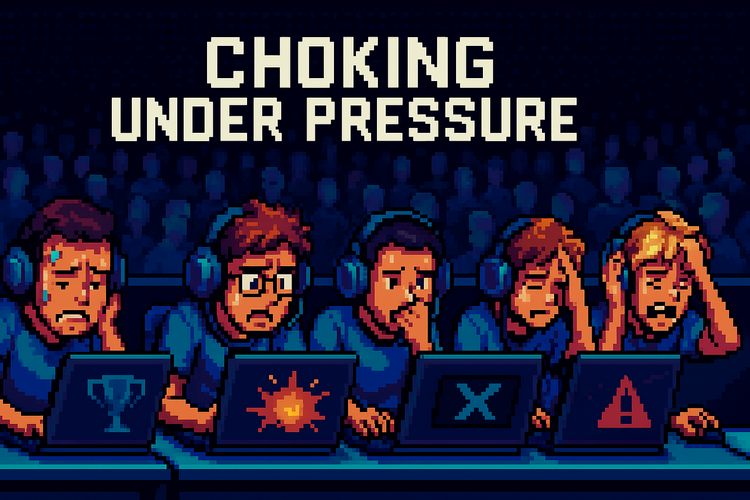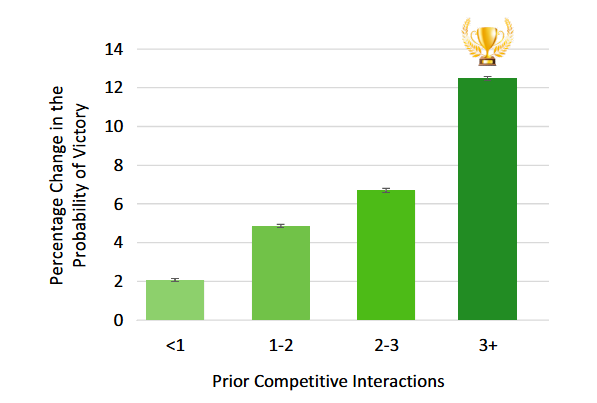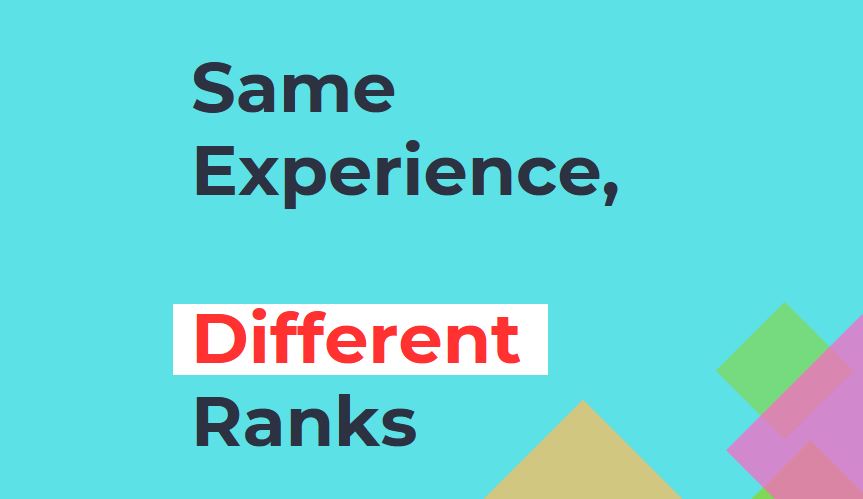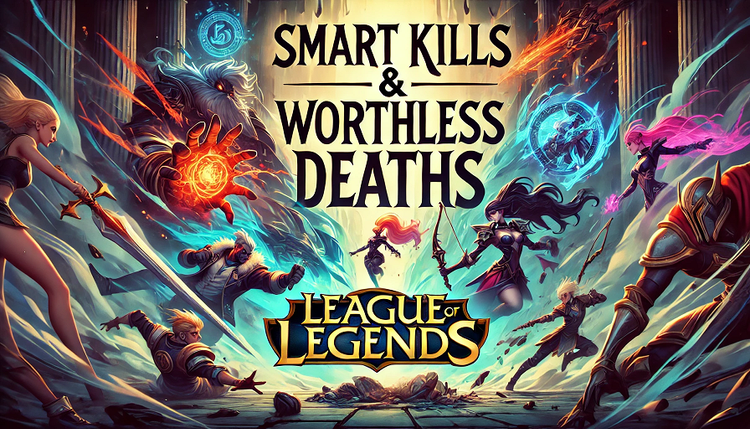Perfectly balanced, as all Things should be... in StarCraft II
We discuss prize money data from the video games DotA2, Counter-Strike, StarCraft, and League of Legends.
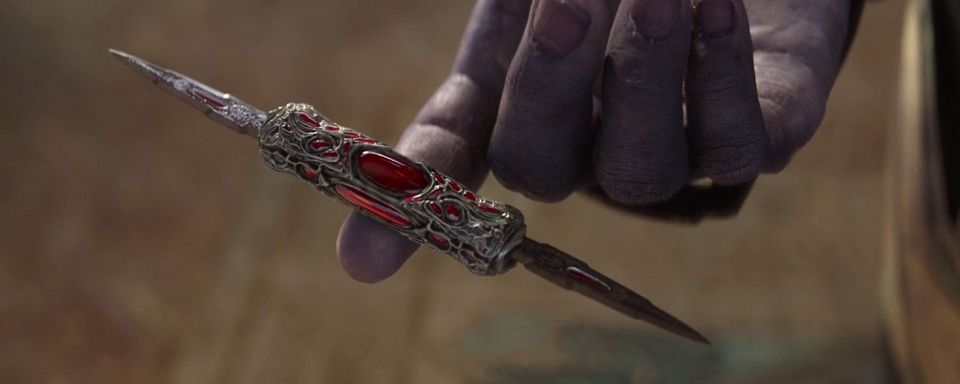
Hey hey everyone,
If you read the last episode, you saw the picture of the prize money distribution of the top 500 players in DotA 2, CS:GO, and LoL. Over the past week, I played around with more data and spent more time than I initially intended. 😁 I looked at team (CS:GO) and single player games (SC) data, as well as data that includes all games. Here are some things I found so far:
If you read the last episode, you saw the picture of the prize money distribution of the top 500 players in DotA 2, CS:GO, and LoL. Over the past week, I played around with more data and spent more time than I initially intended. 😁 I looked at team (CS:GO) and single player games (SC) data, as well as data that includes all games. Here are some things I found so far:
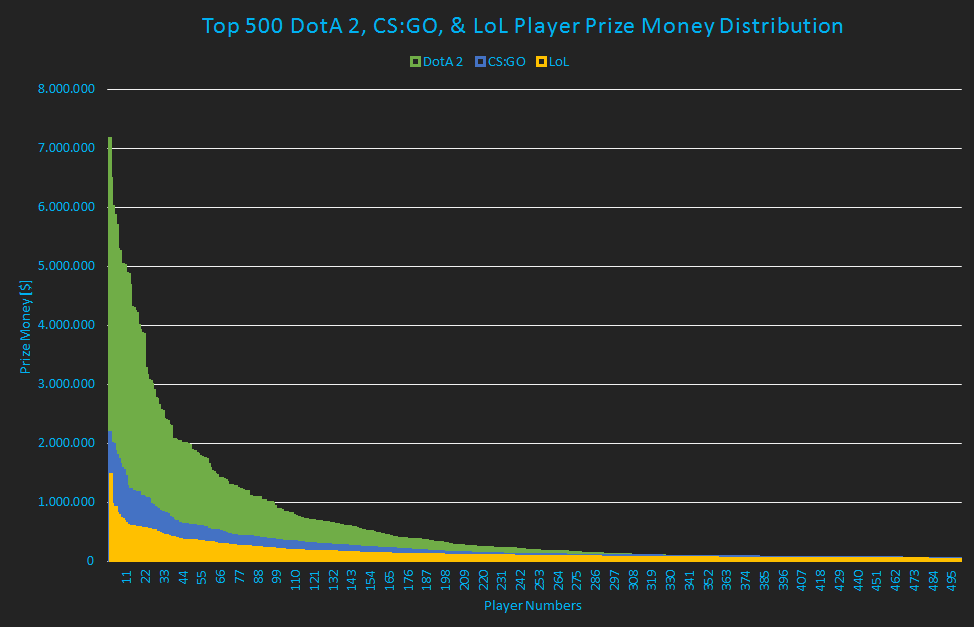
This is the picture you already know. Two things are particularly interesting about this picture. First of all, the prize money distribution for each game shows a Pareto (Power) Distribution. This essentially means that a tiny fraction of professional players made most of the money. This, in turn, enables them to earn even more money in the future due to synergy effects. The better you are, the more business opportunities you get offered.
The second interesting fact is the steepness of the curves. CS:GO and LoL are steep, but DotA2 is on another level. This, as far as I can tell, is due to the prize money distribution of the tournaments. In CS:GO and LoL, the amount of money is pretty fixed and doesn't change a lot between tournaments. In DotA2, however, one tournament (The International) can boost you up the list like mad.
Since those games are all team player games, I decided to plot the chart for StarCraft II.
💵 Prize Money in StarCraft II
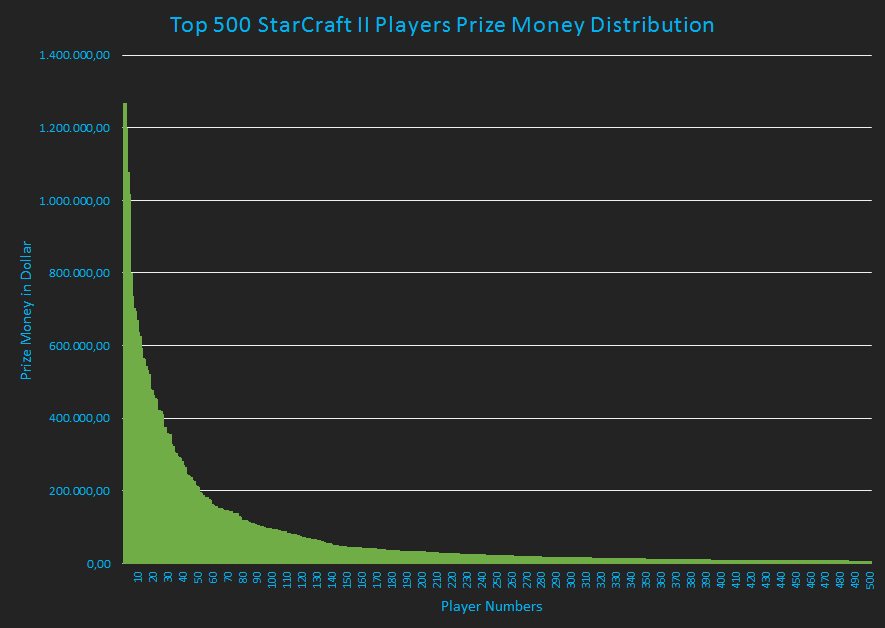
I was surprised to see that this graph is very similar to the DotA2 one. The distribution of the tournament prize pools, however, is not an explanation for why so few players made most of the money. In fact, the top 11 players already accumulated 50% (!) of the entire SC2 tournament prize pool. To compare this to CS:GO, the top 69 players won 50% of all CS:GO prize money.
I can only speculate on this one. I think that the skill gap in SC2 between players is immense. If you are not among the highest-achieving players, tiny differences (skill gaps) can lead to tremendous outcome (tournament placements and hence prize money) changes. In single player games, it’s just you, and hence the outcome of each game solely depends on your performance. That’s different in team games. As we have seen in previous episodes, individual as well as team factors contribute to the success of a team.
🫢 StarCraft II is a Race-ist Game?
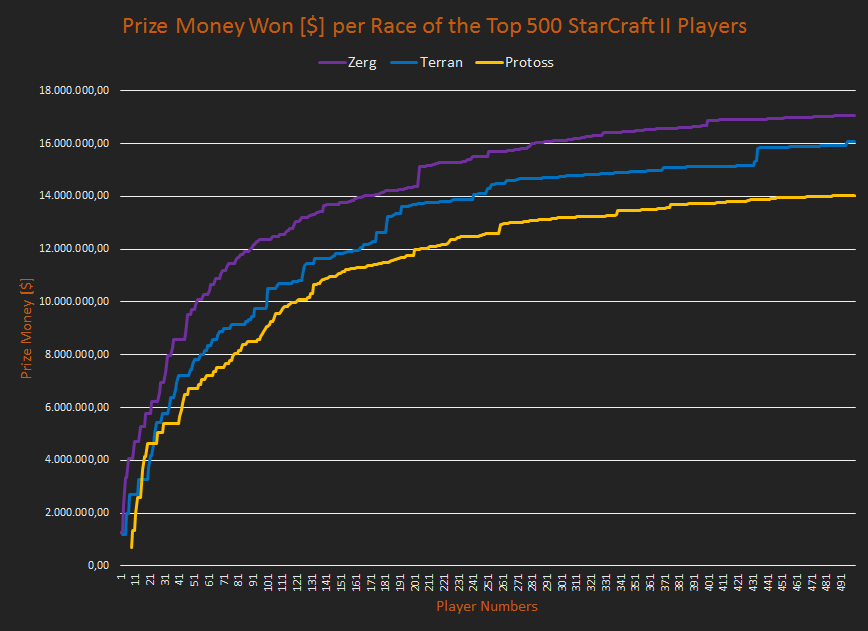
In highly professionalized and competitive games like StarCraft II, it should not matter which race you play, right? In an ideal world, yes. But publishers constantly face the problem of balancing a game properly. If you look at the three graphs above, you see that there is a clear order among the races. One would expect that all three races would earn an equal amount of prize money. That’s not the case. Zerg players won 36.2% of the entire tournament prize pool, Terrans 34.1%, and Protoss 29.7%. Hence, Zerg players won 6% more than Terran players and a whopping 21.5% more than Protoss players.
Sure, it’s not just a balance issue, but it surely contributes to it. The better players get at playing a specific race, the more balance issues shine through. It appears that the fundamental design of the three races in SC2 is the basis of uneven prize money winnings.
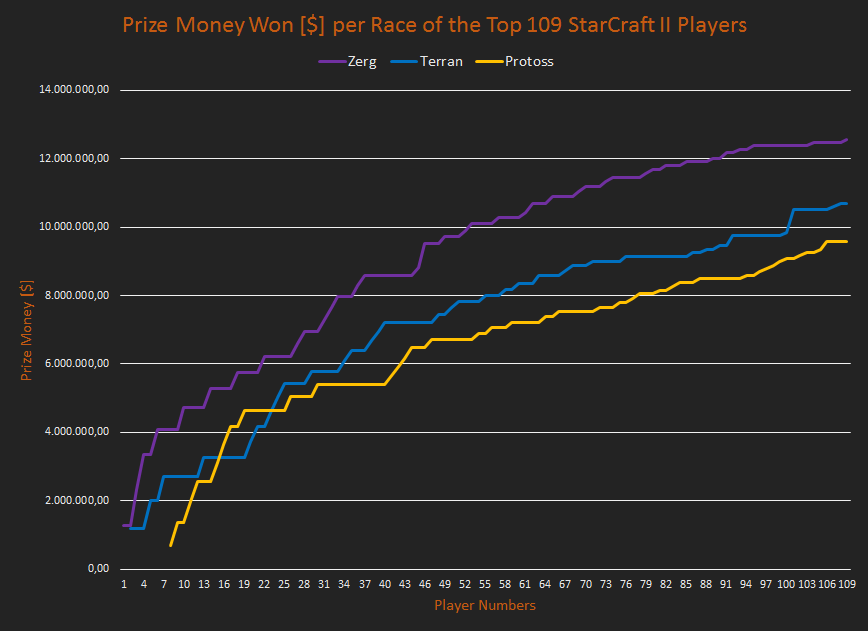
When we zoom in, the distribution of the top 109 players – who make up 80% of the entire prize money won – looks very similar. In the list of the top 10 players, only two of them are Protoss players – ranking 8th and 9th. Another explanation could be the number of players per race. Among the top 500 players, 185 play Zerg (37%), 148 play Terran (29.6%), and 171 play Protoss (34.2%). Though there are more Zerg players, explaining the discrepancy, Protoss and Terran should be swapped. Looking at the same data, among the top 109 players, we have 38 (34.9%) Zergs, 34 (31.2%) Terrans, and 37 (33.9%) Protoss. The distribution there is much more even in terms of race, and again, Protoss players should have an advantage over Terran players.
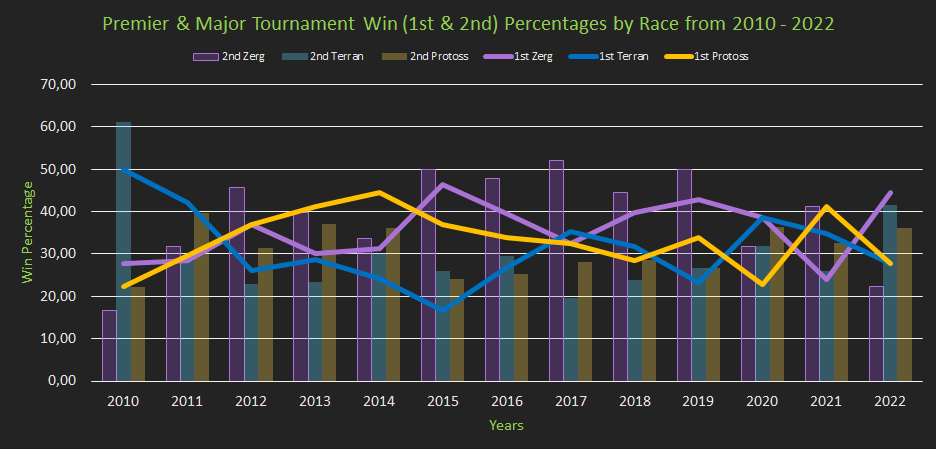
One last aspect (for this episode) is tournament ranking. A player’s tournament ranking strongly correlates with the amount of prize money won. When we look at balance, this may also be a strong indicator to see when a certain race was “better”, and/or the map pool favored one race. Above you can see the plots of the number of tournament wins per race (lines), as well as the runners-up per race (bars). Over the span of 13 years, we can see instability, indicating a systemic problem.
💡 Here is what you should take away from this episode. One major aspect in Esports is balance – we all know that – but the impact is has on different Esports title varies. In games like CS:GO, DotA, or LoL, this isn’t as much of a problem as it is in other games, e.g. SC2. The reason is that in CS:GO and MOBA games, you can ban OP champions. In SC2, though, you may be able to ban OP maps (not in a Best-of-7, and only one in a Best-of-5), but you can't ban a race or just swap races.
This indicates that some games are more “fair” than others and also that some players are “unlucky” when their prime is at an age where others have an advantage due to imbalance.
See you all next Sunday. Cheers,
Christian 🙃
Join over 250+ (🤯) Gaming Science subscribers and become smarter every week.
"I love this type of content, thank you Chris."

